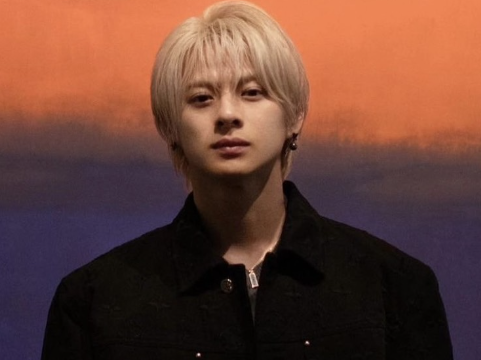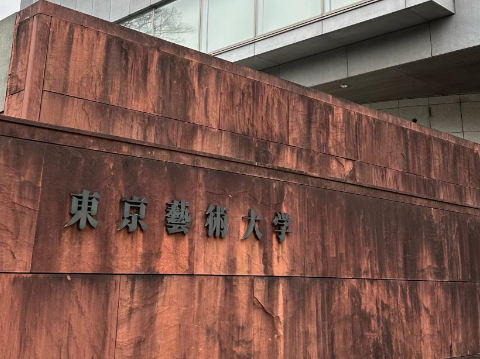【连载】日语与英语的差异(4)
[日]三つの赤い顔に腕が6本。異形の守護神阿修羅は、インドの神々でも暴れん坊で知られ、仏教に取り込まれる前は布教を妨げる外道だった。それが説法を聞くうちに、他の悪神から釈迦(しゃか)を守る役回りとなる。
[英]The three-faced statue with a reddish complexion has six arms extending from the torso. Among Indian deities, the unusual-looking guardian is known for its rambunctious nature. Before it was incorporated into Buddhism, it was considered a heretic that stood in the way of Buddhist missionary work. But as it listened to Buddhist preaching, it began to take on the role of a protector who guarded the Buddha from other evil deities.
[汉]阿修罗的肤色微红,有三张脸,从躯干中伸出六只胳膊。在印度神灵中,这位外观奇特的守护神以性格粗暴而闻名。在皈依佛教之前,阿修罗曾被认为是妨碍佛教布道的异教徒。但在听到佛教布道之后,阿修罗开始担任守护者,守护佛祖免遭其他邪恶神灵的侵害。
[注释]
①在日语第一句中,「三つの顔」译成「three-faced」,很简练,但「腕が6本」的译文比较罗嗦,其实后者可以仿照前者,译成「six-armed」,让读者马上获得“三头六臂”的感觉。
②译者没有按照《日英词典》的惯例,将「異形」译成过分贬义的「monstrous」,而是译成比较中性的「unusual-looking」,体现了译者对阿修罗的尊敬。另外一个类似的例子是「暴れん坊」,没有译成「hooligan」,而是译成「rambunctious nature」,道理同上。
It is the second time for the national treasure Ashura to visit Tokyo after 57 years.
卡西欧电子词典 直降冰点价:EV-SP3900(英汉日版)送特惠套餐!
| 新东方 日语语法新思维 | 日本语能力考试1级语法考前冲刺(2009修订) | 日语能力考试常见句型要点解析 |
- 相关热点:
- 好想告诉你












